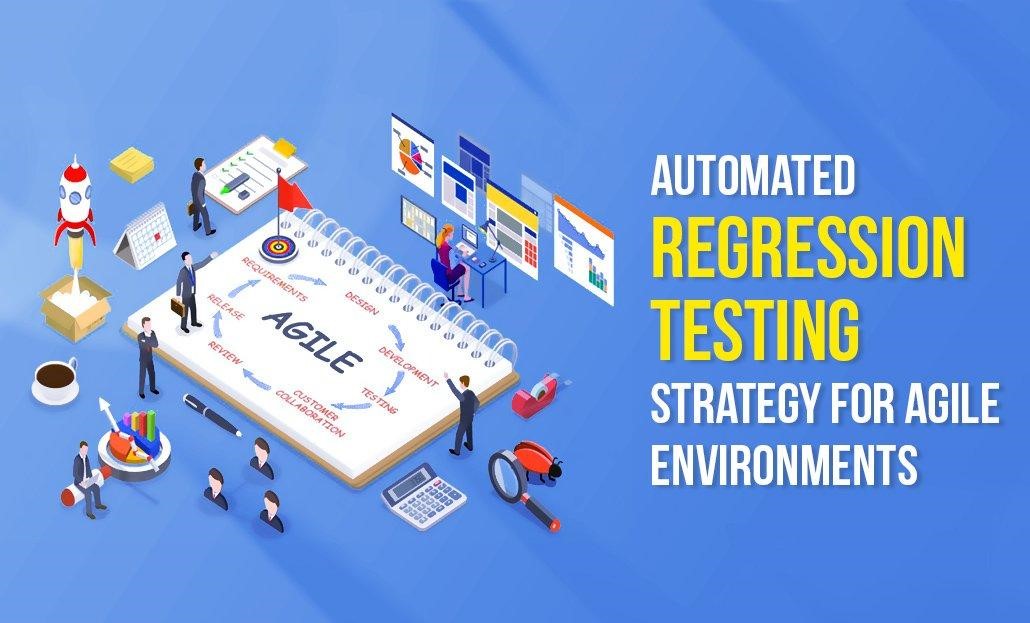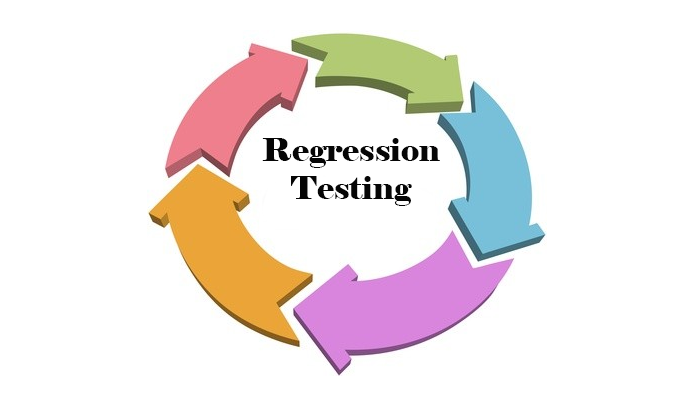
The agile software development methodology is followed by many organizations to speed up the software development process.
But one of the challenges faced by regression testing in agile.
Ways to apply regression testing in agile:

1. Implement a regression testing plan
The first step is developing and implementing a regression testing plan. This includes defining what tests need to be run when they need to be run, and who is responsible for running them.
2. Automate as much as possible but not 100%
Automation is one of the keys to efficient regression testing. Automating tests can save time and effort and allow you to run more tests in a shorter period.
3. Select the right tests
Not all tests need to be run every time you make a change. However, selecting the right tests to run can save you time and effort.
4. Use data-driven testing
Data-driven testing is an effective way to regression test application changes. This approach uses data to drive the testing process, which can help ensure that all relevant tests are run.
5. Use test case prioritization
Test case prioritization is a technique that can be used to determine which tests should be run first. This can be based on factors such as the risk of a change, the impact, or the frequency with which a change is made.
6. Run parallel regression tests
Running tests in parallel can save time and effort. This means running multiple tests simultaneously, on different machines or in different environments.
7. Keep a regression testing checklist
A regression testing checklist is a valuable tool that can help ensure that all relevant tests are run. This can be used to track which tests have been run when they were run and the results of each test.
8. Use a tool to help with regression testing
There are many different tools like selenium available to help with regression testing. These tools can automate tests, provide reports, and track progress. Selecting the right tool for your needs can save time and effort.
What Exactly Is The Issue With Agile And Regression Testing?
- In software development, regression testing verifies that changes to a system have not introduced new bugs. This is typically done by rerunning tests previously run and confirmed to be working. However, in an agile development environment, constant changes and frequent releases can make it difficult to track which tests need to be run and when.
- As a result, regression testing can quickly become time-consuming and costly. In addition, since agile development emphasises working code over comprehensive documentation, it can be difficult to know which tests need to be run to verify a system’s stability. As a result, many agile developers focus on unit testing, which is faster and more efficient.
- However, this means they may be less likely to catch bugs that only occur when multiple units are integrated. In short, Regression Testing in agile can be challenging, but there are ways to mitigate these challenges.
Which Is Better Regression Vs. Retesting In An Agile Environment?
In an agile environment, regression testing and retesting are two main ways to test for regression. Both methods have advantages and disadvantages, and the best approach depends on the project’s specific needs.
-
Regression Testing
Regression testing is a more comprehensive approach that tests all aspects of the software to ensure that changes have not introduced any new errors. However, it can be time-consuming and expensive, particularly if the software is large and complex.
-
Retesting
Retesting, on the other hand, focuses on only those areas of the software that have been affected by changes. This makes it much faster and cheaper, but it also means that some errors may go undetected. Ultimately, deciding which approach to use, regression vs. retesting should be based on a careful assessment of the risks and benefits involved.
Conclusion
Regression testing is a vital part of the software development process, but it can be challenging in an agile environment. There are several ways to overcome these challenges, and the project’s unique requirements determine the best strategy. Ultimately, the goal is to find a balance between speed and thoroughness and choose the approach that best meets the needs of the software.





